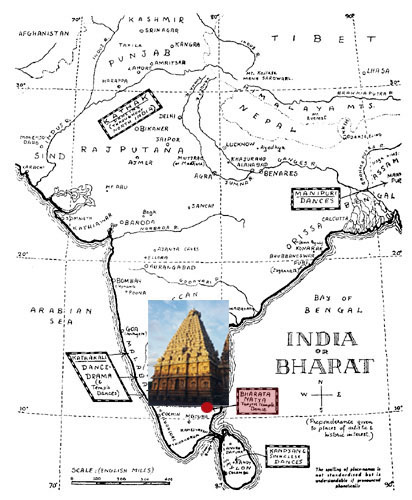Grand Tradition & the Search for Unity

*sanskrit ducoments – natya sastra*
> The Nâtya Sâstra and its Grand Tradition <
Mârkandeya said: Lord of men, he who does not know properly the rules of chitra can, by no means, be able to discern the characteristics of image. . . . Without a knowledge of the art of dancing, the rules of painting are very difficult to be understood. . . . The practice of dancing is difficult to be understood by one who is not acquainted with music. . . . without singing music cannot be understood. –Vishnudharmottara
> The Search for Unity: the Goal of Indian Aesthetics <
> Priyadarshi Patnaik: An Overview of Indian Aesthetics <
Introduction
Indian aesthetics is a vast field. Any attempt to discuss it in such a brief space as this can only be sketchy and deal with the broad tendencies. Hence, here I have only attempted to give its brief overview with reference to major trends. I begin with a few queries about the term “Indian Aesthetics” in the light of our Western orientation. Next I attempt to look at the grand text of Indian aesthetics–Nâtya Sâstra–and briefly discuss its contribution to an understanding of various art forms. From that point onwards, the focus is on Indian aesthetics with special focus on poetics, its important concepts and commentators – since many of the aesthetic issues dealt with in poetics are significant to dance, music, painting and sculpture. I manage only to touch upon a few points about other art forms; and neglect dance in the process. This is partly due to my orientation in poetics and partly due to my ignorance. But I hope that this brief discussion will encourage others to rectify this shortcoming and extend the discussion of Indian aesthetics in a more balanced and integrated manner.
Comments are closed.